My third and final month with the 2024 Alfa Romeo Tonale Veloce PHEV Q4 has undoubtedly been the most insightful, as it has finally exposed me to what long-term life with a plug-in hybrid can be.
As promised, I will share my driving impressions and final verdict on the petrol-electric small SUV in this closing instalment of this three-part EV Guide review. But, first things first, I need to talk about charging PHEVs one last time.
Before I get to that, though, if you want to know more about the Tonale Veloce PHEV Q4’s pricing and specifications, check out the first instalment in this series. And to learn about its design and practicality, read the second. Both are linked directly below.
The good, the bad and the ugly of PHEV ownership
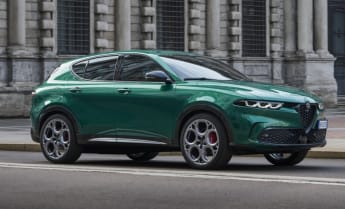
While not specific to the Tonale Veloce PHEV Q4, I cannot overstate the importance of regularly charging a plug-in hybrid. If you do not have the means to do so, be it at home (ideally) or work, do not buy one – seriously.
You will struggle to dedicate the time required to drive to and use a public charger, with this Alfa Romeo only supporting AC charging up to 7.4kW for a 0-100 per cent charge in as little as 2.5 hours, as an example.
During the course of my three months with the Tonale Veloce PHEV Q4, I moved from an apartment building that had no access to a 2.4kW domestic power outlet in my car space to one that has.
.jpg)
Being able to finally conveniently charge overnight (0-100 per cent in about 7.5 hours) using the onboard three-pin cable has proven to be transformative when it comes to my opinion of how well the Alfa Romeo drives, but also how fuel efficient it can be.
In fact, if you travel a shorter distance than a plug-in hybrid’s electric-only driving range on any given day, it is possible to average 0.0L/100km if you drive in a relaxed manner. I can say this with confidence because I have done it more often than not in the past month.
Now, to be fair, that is not always going to be the case, as if we use the Tonale Veloce PHEV Q4 as an example, its 60.5km of WLTP-rated electric-only driving range has been less than the distance I’ve covered on some days. In which case its 132kW/270Nm 1.3-litre turbo-petrol four-cylinder engine springs into action, driving the front wheels via a six-speed torque-converter automatic transmission.
But the irony is the Tonale Veloce PHEV Q4 is one of many plug-in hybrids that is so much nicer to drive on electric power alone, with its 90kW/250Nm rear-mounted motor delivering a much more engaging and smoother driving experience. But more on that later.
You see, one of the major problems with plug-in hybrids is they cart around a relatively large battery pack irrespective of whether it’s charged or not.
This means when it is empty, you are carrying around a significant amount of extra weight, which reduces straight-line performance and fuel efficiency, so charge it.
.jpg)
For example, at 1811kg the Tonale Veloce PHEV Q4 is 220kg heavier than its mild-hybrid counterpart, mainly due to its 15.5kWh battery.
Point being, in my third month with the Tonale Veloce PHEV Q4 I travelled 934km in the city and on highways, 673km of which was exclusively powered by electricity, while the remaining 261km was owing to petrol power.
That combination resulted in an average fuel consumption of 2.6L/100km, compared to 7.0L/100km in month one and 6.1L/100km in month two, when I irregularly charged the battery.
Needless to say, plugging in two or three times a week made one hell of a difference and took me much closer to the ADR-rated 1.5L/100km claim. Nice.
.jpg)
The case for a fully electric Tonale
When it comes to the actual driving experience, the Tonale Veloce PHEV Q4 shows a lot of promise but ultimately proves itself to be a stop-gap measure on the way to a fully electric future. Which isn’t necessarily a bad thing as it shines in certain situations.
Put simply, the Tonale Veloce PHEV Q4 is very enjoyable to drive when its single electric motor is acting alone. Granted 90kW of power and 250Nm of torque aren’t massive outputs on paper – particularly for a vehicle weighing 1811kg – but their instantaneous delivery means all that heft is moved relatively effortlessly around town and you can’t say that about the internal-combustion engine (ICE) in isolation.
The 1.3-litre turbo-petrol four-cylinder unit noisily delivers its 132kW of peak power at a rather high 5750rpm, while its 270Nm of maximum torque is produced at 1850rpm, meaning there’s no wide band to play with here.
.jpg)
Point being, you have to work the ICE to get the best out of it, which makes for inconsistent performance.
If the battery is empty, being charged by the ICE and/or regenerative braking while on the move, or having its state of charge being held for later, you also start to really feel the aforementioned 220kg weight penalty, with it feeling quite lethargic in a straight line.
Of course, there are three drive modes that can help to tailor the driving experience to individuals tastes, with the default, 'Natural', attempting to offer the best the electric and petrol power sources have to offer, either separately or together, depending on the battery’s state of charge.
.jpg)
It’s been my go-to during my time with the Tonale Veloce PHEV Q4, but I’ve also made use of 'Advanced Efficiency', which is essentially the electric-only option.
That leaves 'Dynamic', which I’ve rarely touched. It’s all about petrol-electric performance and enables the combined 208kW of peak power and, therefore, the claimed 0-100km/h sprint time of 6.2 seconds, at which point this Alfa Romeo finally starts to feel sporty. It’s still not my preference, though, as I’ve endeavoured to optimise fuel efficiency instead.
Another key consideration here is the Tonale Veloce PHEV Q4’s ICE only drives the front wheels, while its electric motor exclusively spins the rear axle.
.jpg)
That means when they’re working in tandem, secure all-wheel-drive traction is delivered. But if they’re active individually, you have front- or rear-wheel drive, which affects the handling characteristics.
Point being, the most enjoyable ‘version’ of this Alfa Romeo to pilot is the electric, with it proving to be that little bit more playful – but still controlled – with its sharper turn-in, as you get pushed along as opposed to pulled by the petrol.
Either way, the Tonale Veloce PHEV Q4 earns its Alfa Romeo stripes by being an enjoyable vehicle to thread through a set of corners.
.jpg)
In fact, the Tonale Veloce PHEV Q4’s electric power steering is a revelation in the small-SUV segment, as it’s unexpectedly fast for such a vehicle. Its directness certainly won’t please everyone, but for those who love the feeling of driving a sports car, it’s sure to put a smile on your face as it has mine.
That said, I wish there was more weight behind it, as the feedback from the wheel is so light you can steer it with your pinky finger.
The upshot here is low-speed manoeuvres, including navigating a tight car park, are easy to perform, with the turning circle particularly impressive, at 11.4m.
.jpg)
An alternative way to engage the Tonale Veloce PHEV Q4’s (albeit washed-out) surround-view cameras would also be welcome, as they’re currently reserved from the reverse gear, which is limiting and annoying.
Speaking of grievances, wouldn’t it be good if the Tonale Veloce PHEV Q4 leaned into its EV-ness and fully embraced regenerative braking?
I would love to see a one-pedal mode introduced, as not only would it help to charge its battery more quickly while on the move, but it would make for simplified deceleration by distancing itself from the admittedly solid friction brakes and, therefore, the left pedal.
Right now, it behaves like a traditional petrol-powered vehicle, even if the Dynamic drive mode does seamlessly increase the ‘aggressiveness’ of its regenerative braking.
When it comes to ride comfort, the Tonale Veloce PHEV Q4 doesn’t deliver. In its defence, plug-in hybrids and electric vehicles with large batteries tend to be more stiffly sprung due to the considerable weight they have to move.
The issue here is it’s not very composed over undulations. I’ve lost count of the number of times I’ve grinned and borne certain speed bumps and potholes.
.jpg)
Noise, Vibration and Harshness (NVH) levels also aren’t wonderful when the ICE is under duress, which is another plus point in the electric motor’s column.
Finally, when it comes to the performance of the Tonale Veloce PHEV Q4’s expansive advanced driver-assist systems (ADAS), they’re generally not that invasive, which makes them a lot easier to live with than many of their Korean and Japanese rivals.
That said, I've found the steering assist to be extremely nervous on highways, often making relatively significant steering adjustments to keep the vehicle centred within its lane when navigating gentle bends.
.jpg)
But the biggest ADAS issue – at least with my test vehicle – is the intermittent failures, whereby certain technologies (mainly autonomous emergency braking and lane-keep assist) often become unavailable due to the front sensors, cameras and radars allegedly being blocked by debris, which they most certainly haven’t always been.
Either way, their threshold has proven to be quite a bit lower than any other vehicle I’ve tested to date, which you’ll feel when they don’t do their jobs when you need them to.
Acquired: March 1, 2024
Distance travelled this month: 934km
Odometer: 5252km
Average fuel consumption this month: 2.6L/100km
Alfa Romeo Tonale 2024: Veloce Phev Q4
| Engine Type | Turbo 4, 1.3L |
|---|---|
| Fuel Type | Premium Unleaded/Electric |
| Fuel Efficiency | 1.5L/100km (combined) |
| Seating | 5 |
| Price From | $73,810 - $84,810 |
| Safety Rating |
|
Verdict
If you’re an Alfisti, a lover of beautifully designed vehicles and/or prefer sharp handling, it’s easy to see why the 2024 Alfa Romeo Tonale Veloce PHEV Q4 would be tempting. But the reality is all three of those boxes are also ticked by the similarly specified but much more affordable mild-hybrid versions of the Italian small SUV. These ‘lesser’ variants also make more sense for more drivers, as they don’t come with the various compromises of plug-in hybrid ownership, particularly at this relatively high $78,500 (plus on-road costs) price point when better-to-drive fully electric vehicles are becoming increasingly more affordable by some margin – è un no da parte mia.
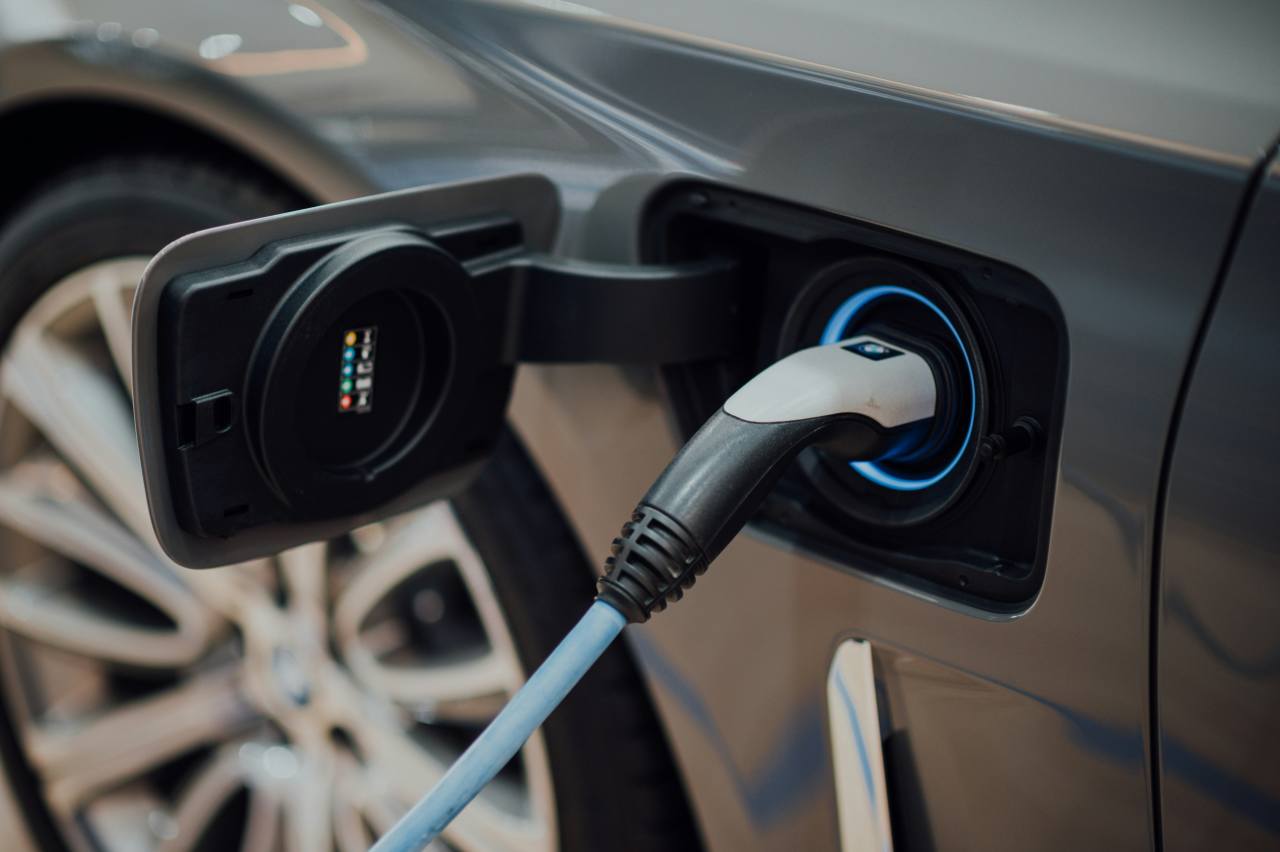
.jpg)

.jpg)
.jpg)
.jpg)
.jpg)
.jpg)
.jpg)
.jpg)
.jpg)


.jpg)










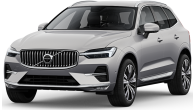






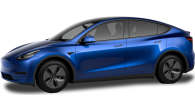









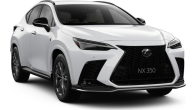
.jpg)
.jpg)

.jpg)

